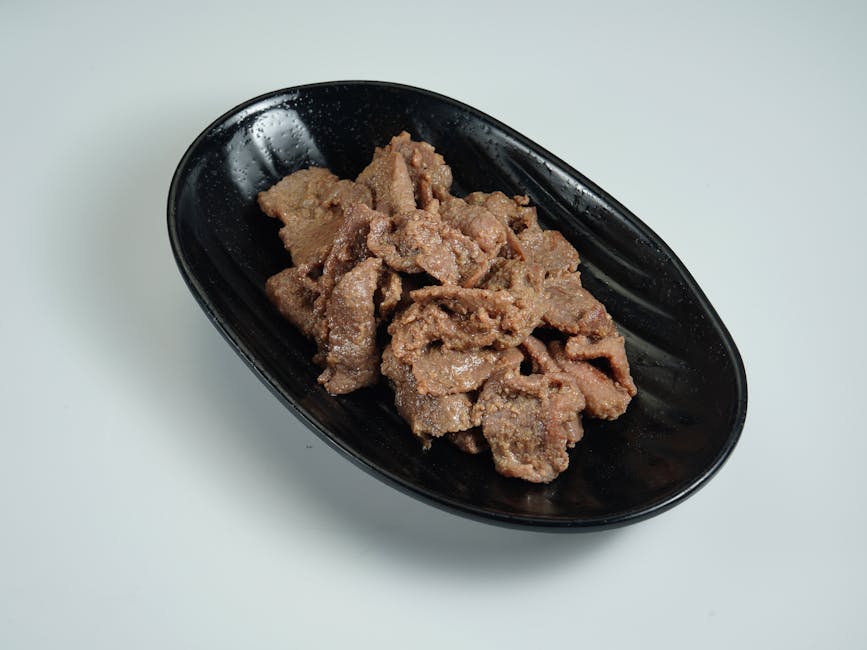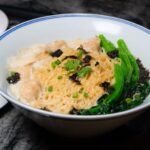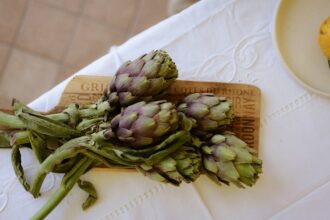Bulgogi Bites: Mastering the Art of Korean BBQ at Home
The aroma of marinated beef sizzling in a hot pan, the sweet and savory glaze coating every tender piece – there’s something undeniably captivating about bulgogi. Once considered a staple of Korean fine dining, this intensely flavorful dish is now experiencing a massive surge in popularity worldwide, bringing the vibrant flavors of Korea directly to home kitchens. At [Website Name], we’re thrilled to delve into the nuances of *Bulgogi Bites*, exploring not just the recipe but the cultural significance and techniques that elevate this iconic dish from simple grilling to a genuine culinary experience. We’ll break down everything you need to know, from selecting the perfect cut of beef to mastering the signature bulgogi sauce, allowing even the most novice home chef to create restaurant-quality *Bulgogi Bites* with confidence. This week’s focus reflects our commitment to bringing you accessible gourmet cooking experiences – celebrating global cuisine while empowering your own culinary journey.
What is Bulgogi and Why the Hype?
Bulgogi (불고기) literally translates to “fire meat” in Korean, referring to the traditional method of grilling thinly sliced beef over an open flame. But it’s much more than just a grilled steak. It’s a cornerstone of Korean barbecue culture, often served alongside kimchi, rice, and other banchan (side dishes), creating a communal eating experience deeply rooted in tradition. The recent global popularity of *Bulgogi Bites* stems from several factors: increased interest in Asian cuisine, the rise of K-Pop and Korean dramas which have introduced many to Korean culture, and the sheer deliciousness of the dish itself! It’s undeniably approachable – a relatively simple recipe with a huge impact – but also capable of achieving incredible depth of flavor with careful execution. The key is understanding the balance between sweetness, savory, and umami that defines authentic bulgogi.
Research Findings: Decoding the Bulgogi Experience
AI tools
– The KEYPHRASE must be linked, never the URL itself
### WORDPRESS COMPATIBILITY:
– Use WordPress block classes (wp-block-heading, wp-block-paragraph, etc.)
– Add heading IDs starting with “h-” for better TOC linking
– Ensure all styles use !important to override theme styles
DO NOT include any explanations, code tags, comments. Output ONLY the raw HTML.





